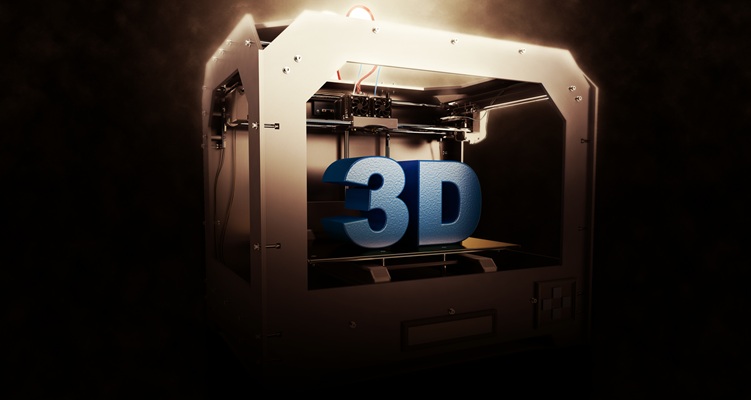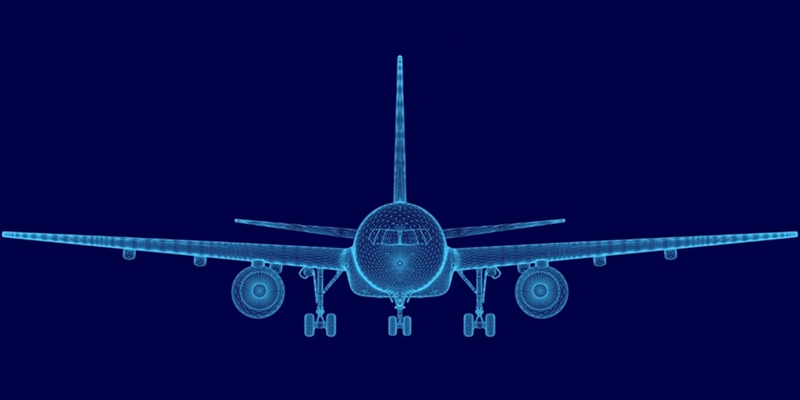Schedule a Call Back
How additive manufacturing is changing industrial landscape
 Articles
Articles- Oct 30,19

Related Stories

Titagarh Rail Systems secures order from Adani Cement for 16 rakes of wagons
The BCFCM and BVCM wagons are designed to optimise the passage of fly ash and cement, ensuring faster and more cost-effective movement of these essential materials.
Read more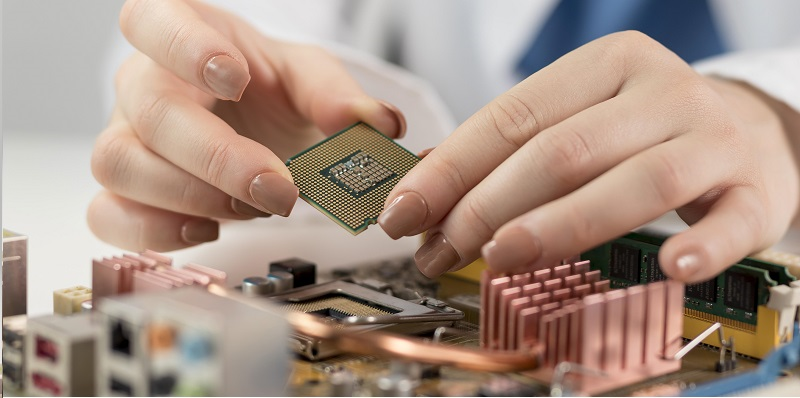
Globe Capacitors and PolyCharge to introduce NanoLam technology in India
PolyCharge’s NanoLam technology sets new performance benchmarks in the capacitor industry, providing high energy density, enhanced reliability, and compact designs.
Read more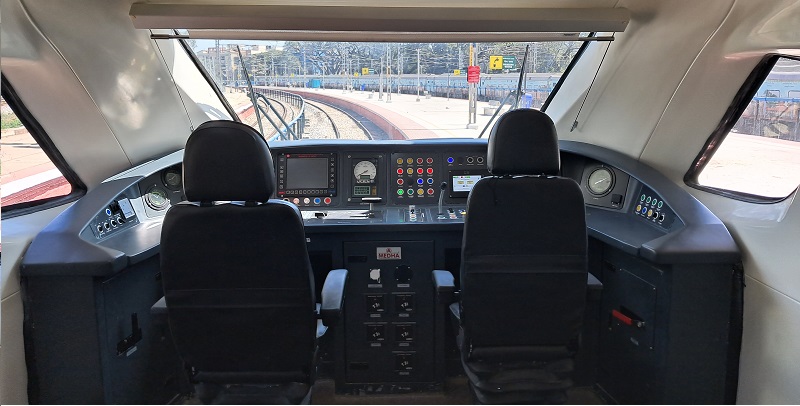
Kavach 4.0 tenders to be issued for 20,000 locomotives for 2024
The initial tenders cover the Delhi-Chennai and Mumbai-Chennai routes, totalling 3,300 Rkm, as well as key automatic sections spanning 5,000 Rkm.
Read moreRelated Products

Automatic Food Snacks Packaging Machine
Grace Food Processing & Packaging Machinery offers
automatic food snacks packaging machine.
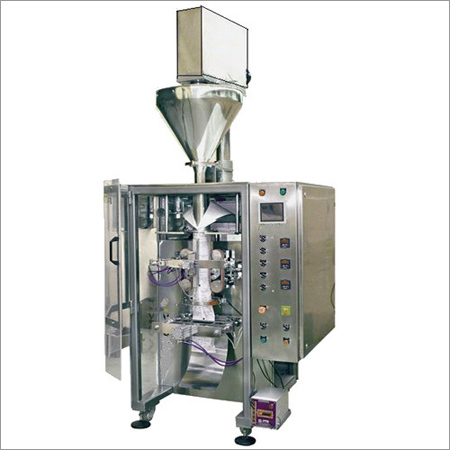
Collar Type Servo Auger Machine
All India Packing Machines offers collar type servo auger machine. Read more
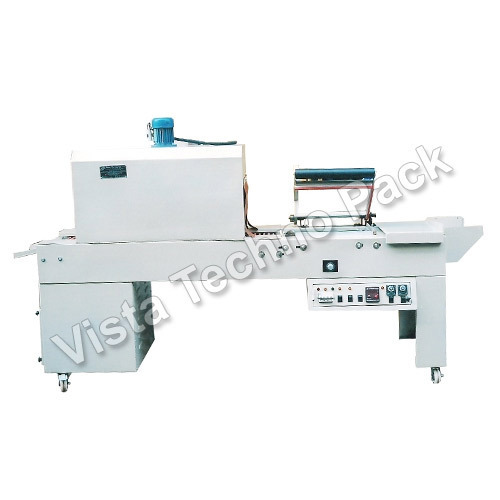
Shrink Tunnel
Vista Technopack Machines offers a range of online shrink tunnel with L sealers. Read more






